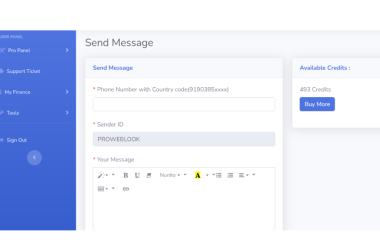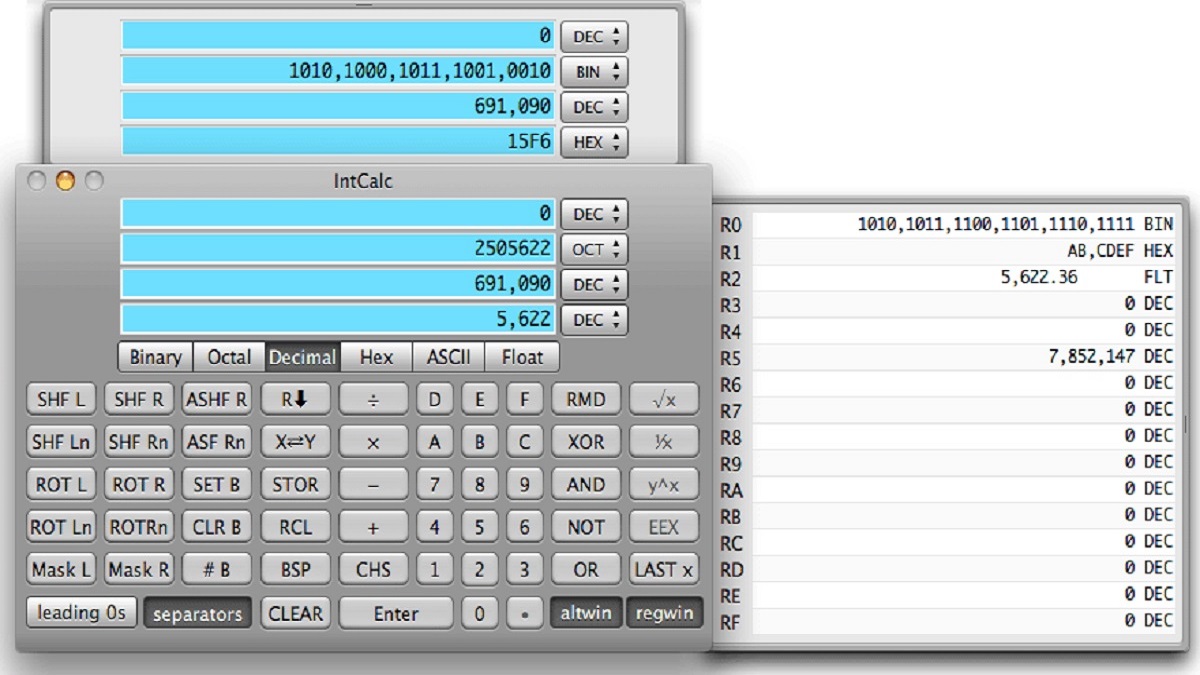Introduction
Octal Converter Tool: In the realm of computer science and mathematics, number systems play a pivotal role in representing and manipulating data. One such system is the octal (base-8) number system, which is particularly important in computing due to its compatibility with binary (base-2) representation. Understanding octal numbers and their conversion to other number systems is crucial for programmers and computer enthusiasts alike. This article delves into the intricacies of the octal number system and explores how an octal converter tool can simplify number conversion tasks.
Understanding the Octal Number System
The octal number system uses eight digits, ranging from 0 to 7. Each digit’s position in an octal number represents a power of 8, similar to how the decimal system’s positions represent powers of 10. For example, the octal number 123 can be expanded as follows:
(1 * 8^2) + (2 * 8^1) + (3 * 8^0) = 83
In computing, octal numbers find frequent use, particularly in contexts where binary numbers prevail. This is because a single octal digit can conveniently represent three bits (binary digits), making octal a practical shorthand for depicting binary numbers.
The Need for an Octal Converter Tool
While octal numbers are useful, converting them to and from other number systems can be challenging, especially for complex numbers. This is where an octal converter comes in handy. Such a tool simplifies the conversion process, allowing users to effortlessly switch between octal, decimal, and binary representations.
Features of an Octal Converter Tool
- Octal to Decimal Conversion: Converts octal numbers to their decimal equivalents.
- Decimal to Octal Conversion: Converts decimal numbers to octal form.
- Octal to Binary Conversion: Converts octal numbers to binary form.
- Binary to Octal Conversion: Converts binary numbers to octal form.
- Error Checking: Ensures that the input conforms to the rules of octal representation.
- User-Friendly Interface: Provides a simple and intuitive interface for ease of use.
How to Use an Octal Converter Tool
Using an octal converter tool is straightforward. Here’s a step-by-step guide:
- Input the Number: Enter the octal number you wish to convert into the tool’s designated input field.
- Select the Conversion Type: Choose the type of conversion you want to perform (e.g., octal to decimal, decimal to octal, etc.).
- Click Convert: Press the convert button to initiate the conversion process.
- View the Result: The tool will display the converted number in the desired format.
Applications of an Octal Converter Tool
- Programming: Programmers often need to convert numbers between different bases when working with low-level programming languages or embedded systems.
- Education: Students learning about number systems can use the tool to practice converting numbers.
- Computer Science Research: Researchers studying algorithms or data structures may need to convert numbers as part of their work.
Conclusion
In conclusion, an octal converter tool is a valuable resource for anyone working with number systems, especially in the field of computing. By simplifying the conversion process, these tools enable users to focus on their work without getting bogged down by complex calculations. Whether you’re a programmer, student, or researcher, an octal converter tool can streamline your number conversion tasks and enhance your understanding of octal numbers.
Kindly check our website Proweblook for more Web API tools. More resources can be found on our Github page, Social Channels are Twitter, Facebook & Youtube.








